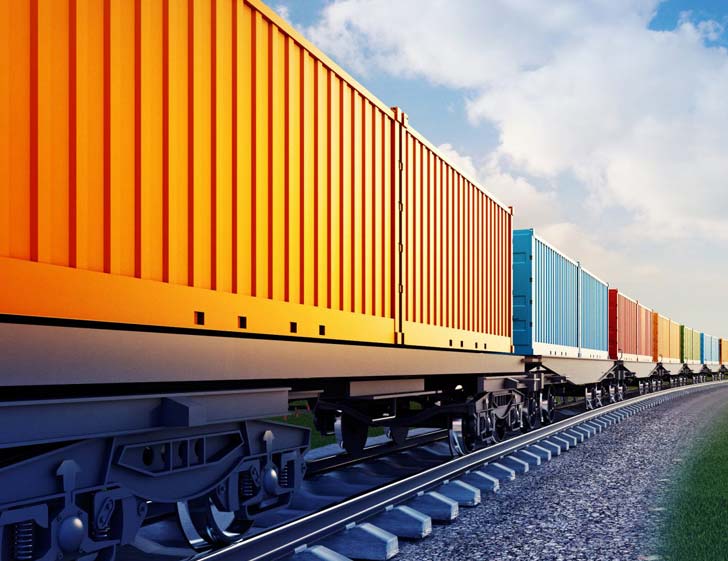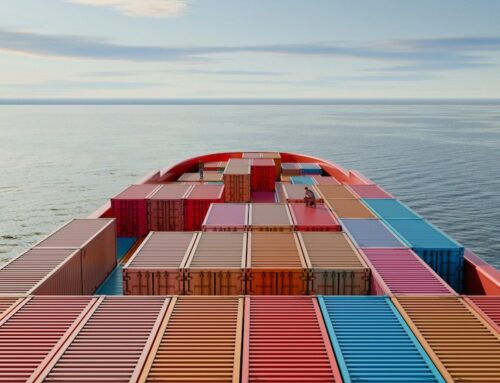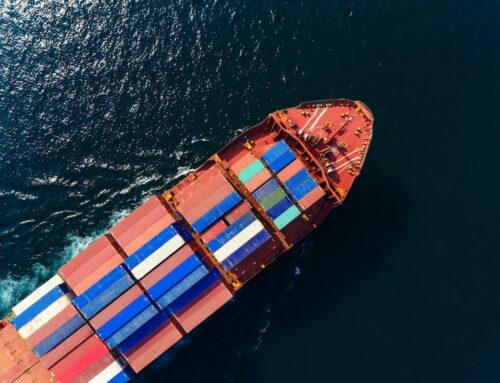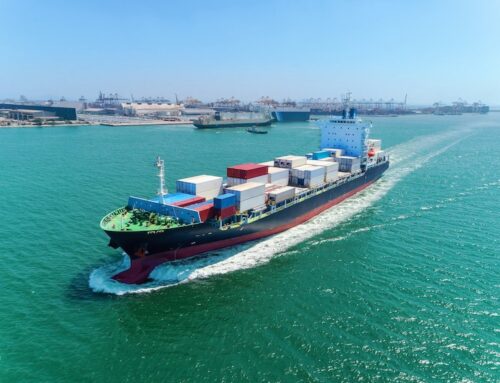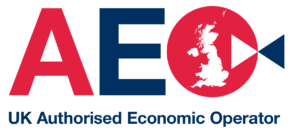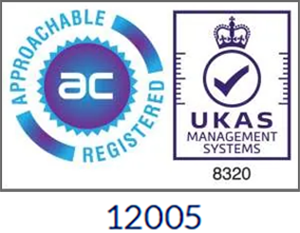New rail services between China and Europe have emerged rapidly in recent years with China announcing record high numbers of cargo trains running to and from Europe in 2018. We ask, nearly two years on from China launching its first direct rail freight service to London, whether rail transportation is now a real option?
What is driving growth?
Just 10 years ago, regular direct freight services from China to Europe did not exist. Today, they connect roughly 35 Chinese cities with 34 European cities. China has made direct rail services a major feature of its Belt and Road Initiative (BRI), which aims to connect the world with Beijing through $1 trillion of new infrastructure, trade agreements, and coordination across countless policy areas. The China to Europe freight rail service network, has this year, reached the milestone of completing 10,000 trips.
There has been much interest about the possible advantages of the service being cheaper than air freight and faster than sea. The numbers indicate that there has been uptake of the services as rail’s share of cargo by value has already started to grow, increasing 144% during the first half of 2017, compared to the same period in 2016*. A study commissioned by the International Union of Railways estimates that China to Europe rail services could double their share of trade by volume over the next decade.
However despite the positive year on year growth, rail still carries only a small fraction of trade between China and Europe. Shipping remains dominant, and air freight still carries significantly more times the value of goods compared to rail. For the China to Europe railways and their proponents, taking on a much larger share of trade will require overcoming several economic and technical challenges.
What industries are using the rail services?
The highest frequency of trains departing from China to Europe tend to occur in high-tech industrial zones (such as Chongqing, Chengdu and Zhengzhou) where the ideal cargo for these trains is manufactured: high value, heavy weight electronics and machinery. These are products are often required to get to their destinations as soon as possible and are valuable enough to make the extra cost over shipping insignificant.
The full scope of goods being delivered to European customers includes clothing, chemicals, automobile parts, grains, wines, coffee beans and electronic goods such as computers and mobile phones. While bringing back European food, machinery and equipment, as well as timber products to Asian markets.
Is rail a viable alternative?
Just three years ago the China to Europe rail service was little more than an interesting alternative to lengthy ocean shipping and expensive air freight. Much needed to be done to speed up transit times; improve reliability; improve data collection and accessibility, and streamline cross-border documentation requirements. Technical improvements to rail systems and customs processes have made the rail services faster and more feasible for a broader range of goods. There are however still problems with capacity at peak periods and congestion where several rail services converge.
At this stage, our opinion is still unchanged: the service is not a viable alternative to sea freight based on current capacity levels, cost and availability. However the rail service can be considered as a compliment to shipping and air freight. The new world of logistics is multimodal – strategies that string together ocean, rail, air and road to ensure that products get to their destinations faster and/or more economically. We can see potential scenarios where China to Europe train services could replace the traditional ocean/air service.
We will continue to investigate utilisation possibilities, especially as an alternative to non urgent air freight. Over the coming months we will monitor and assess the reliability of the rail freight service and keep you updated with further information.
*New rail routes between China and Europe will change trade patterns,” The Economist, September, 16, 2017.

